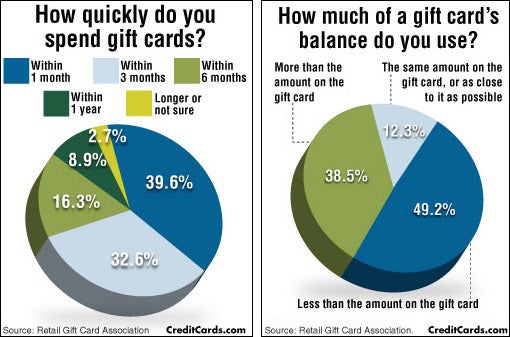Whether you are dealing with glasswear or honor blanks, and even rock, the concealing product you choose can have a considerable effect on your results. The appropriate mask depends upon what you are blowing up, and for how long the etch will be.
Using gloves is very important to stay clear of any oils on your hands transferring to the glass or pattern. Tidy the glass extensively prior to positioning your stencil and apply the etching cream.
Silicon Carbide
Silicon Carbide (SiC), additionally referred to as carborundum, is a difficult chemical compound of silicon and carbon. It takes place naturally as the rare mineral moissanite, initial found in 1893 at the Canyon Diablo meteor crater in Arizona. It is likewise synthetically generated as a powder and as crystals.
It has a Mohs firmness rating of 9, nearly as high as diamond, and is highly heat-resistant. It is utilized in grinding wheels and abrasive paper and towel items, in addition to being an electric insulator.
Silica carbide is a preferred abrasive in contemporary lapidary because of its durability and price. It has the capability to withstand high temperatures and is immune to acids and alkalis other than hydrofluoric acid and its salts. This makes it an outstanding selection for use in sandblast cabinets. Unlike light weight aluminum oxide, it contains no complimentary silica and creates no fixed electrical power leaving your blown up surface area and sandblast cupboard window tidy of rough dirt.
Light weight aluminum Oxide
Aluminum Oxide is a hard, resilient unpleasant grit material that can be made use of as an efficient alternative to sand. It has an angular shape, which aids to cut into and etch surfaces swiftly and easily. It can likewise be used to prepare surfaces for paint, round sharp sides, and offer a consistent-looking coating.
Like silicon carbide, it is extremely hard, with a ranking of 9 on the Mohs scale. Nevertheless, unlike silicone carbide, it does not generate fixed electricity and has no complimentary silica. It additionally has a longer service life than its counterparts, so it can be bought wholesale and stored for future tasks without deteriorating.
It additionally offers a reduced cost than other blast media, making it inexpensive for any kind of industrial budget plan. On top of that, it is considered an annoyance dust by OSHA instead of an unsafe compound, that makes it safer to deal with. This is why it is the recommended blasting material for lots of specialists.
Sand
Sandblasting is a high-pressure blasting technique that utilizes a selection of products to clean and engrave surface areas. Most frequently, sand, glass beads, and aluminum oxide are utilized. These products can be really effective for both ornamental and useful applications. They supply resilience, flexibility, and are cost-efficient. They are also environmentally friendly and secure to use.
The kind of engraving you pick relies on the look you wish to accomplish and your spending plan. Both acid etching and sandblasting produce attractive outcomes. The distinction is that sandblasted glass has a frosted look and can be more detailed in its design. It is less complicated to maintain and less prone to finger print marks than etched glass.
Both techniques are versatile and function well on bent or level panels of glass. When you are completed, ensure you thoroughly clean your glass to get rid of every one of the rough material and pattern tape prior to applying any kind of sealants. This will guarantee that the etching is also and fulfills your expectations.
Glass Beads
Glass grains are the favored masking material for glass etching because of their capacity to create top quality finishes. They are additionally more secure to utilize than other blasting products, implying you can do the job much faster and with much less risk of injury.
Glass bead blowing up jobs well with a vast array of metals, alloys, and plastics. It can be utilized for surface prep work, deburring, peening, and polishing on machined, made, and casted parts.
The spherical form of the glass bead develops a smooth surface that is perfect for surface areas that call for a constant look and appearance. The blasting procedure creates very little dust, which aids to preserve presence and sanitation in the workspace.
Glass grain blowing up is also generally utilized in shot peening, a process that enhances metal surface areas by producing compressive stress and anxiety layers externally. This increases the exhaustion resistance of metal parts, making them less vulnerable to breaking and gift ideas for grandparents brittleness. Glass grains are also an active ingredient in reflective paints, which are frequently used to make road markings noticeable throughout nighttime driving conditions.
